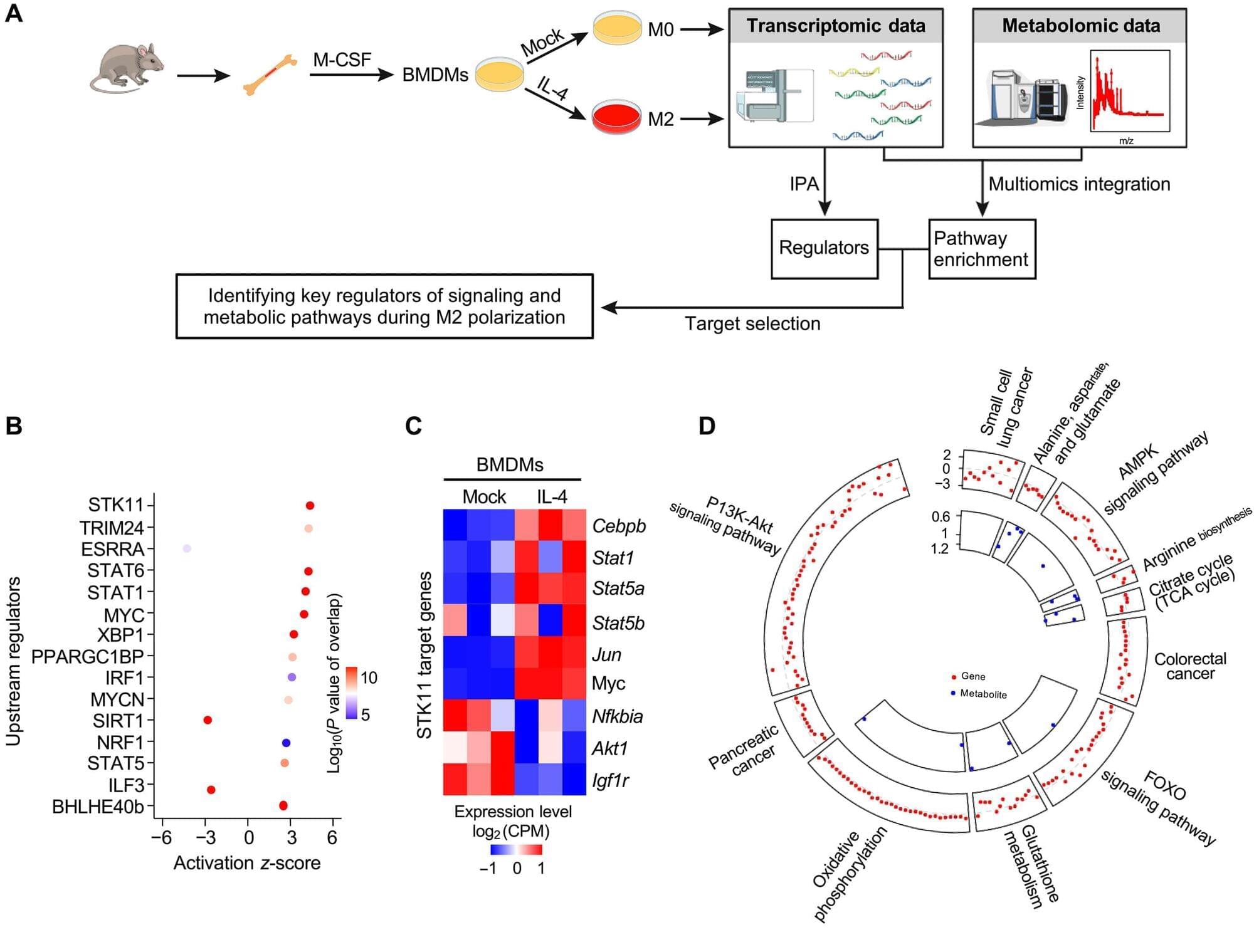Reflectiz: The ultimate website security solution that proactively detects, prioritizes, and mitigates web threats. Say goodbye to client-side attacks


Claude Sonnet 4.5 is the best coding model in the world, strongest model for building complex agents, and best model at using computers.

New research from Indiana University School of Medicine scientists has revealed that a well-known cancer-fighting gene also plays an unexpected role in regulating how certain immune cells can support tumor growth. This insight into pancreatic cancer progression could lead to more effective treatments against one of the deadliest forms of cancer.
The study, recently published in Science Advances, focused on M2-like macrophages, a subtype of immune cells found in the tumor environment that are known to weaken the body’s ability to fight cancer. The researchers examined how a gene called serine/threonine kinase 11 (STK11) influences these cells. They found that when STK11 is missing in macrophages, those cells switch into a tumor-supporting state.
“STK11 was originally identified as a tumor suppressor and extensive studies have examined the gene’s functions and mechanisms in regulating cancer cell growth,” said Kai Yang, PhD, corresponding author of the study, an associate professor of pediatrics and microbiology and immunology at the IU School of Medicine and a researcher with the Indiana University Melvin and Bren Simon Comprehensive Cancer Center.

Parkinson’s disease causes both movement and cognitive deficits, and for a long time both were thought to be caused by the accumulation of a protein called alpha-synuclein in the brain. But a new Nature Communications study has found that the cognitive deficits arise through a different—and unexpected—mechanism.
The new findings suggest that mutations in a gene called GBA—which are a risk factor for developing Parkinson’s disease—drive cognitive decline by disrupting how neurons communicate with each other in the brain. Patients living with Parkinson’s disease can experience cognitive symptoms such as difficulty with concentrating and forgetfulness. Over time, many go on to develop dementia, in which they experience profound memory loss among other symptoms.
“Dementia is often the scariest thing for many patients with Parkinson’s disease, more so than motor symptoms,” says Sreeganga Chandra, PhD, professor of neurology and of neuroscience at Yale School of Medicine (YSM) and the study’s principal investigator. “We are trying to understand the basis of cognitive dysfunction and whether we can find targets to ameliorate it.”




Agrivoltaics describes a process for the simultaneous use of agricultural land for food production and PV power generation. The technology enables the efficient dual use of agricultural land: photovoltaics on open spaces can be substantially expanded without significantly using up valuable resources of fertile arable land. Targeted light management optimizes the yields from PV and photosynthesis. In addition, value creation in the region and rural development are promoted, as agrivoltaic projects are ideally suited to be supported in a decentralized by farmers, municipalities and small and medium-sized enterprises. This results in new, economically viable farming options for agriculture.
We are working on the implementation and further development of agrivoltaics in industrial and research projects.
Opportunities in Agrivoltaics.
Agrivoltaics offers great opportunities for agriculture and climate protection. In their foreword, the two Federal Ministers Anja Karliczek and Julia Klöckner support the promising concept of combining agricultural production and renewable electricity generation on the same land.
The guideline provides information on the possibilities and advantages of agrivoltaics, offers an overview of its potential and the current state of technology, and presents practical advice for agriculture businesses, municipalities and companies.
Aside from more efficient land use, agrivoltaics can help reduce water consumption in agriculture, generate stable additional sources of income for farms, and make many farms more resilient against harvest losses. The early involvement of local citizens is a key criterion for success in the concrete implementation of agrivoltaics. https://www.ise.fraunhofer.de/en/publications/studies/agrivo…ition.html

